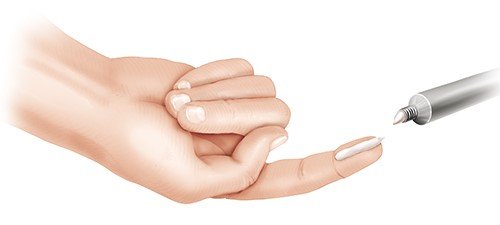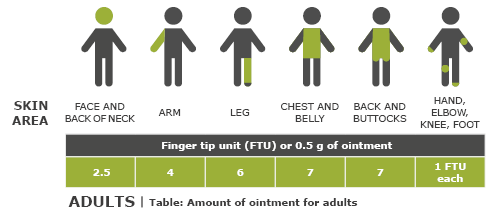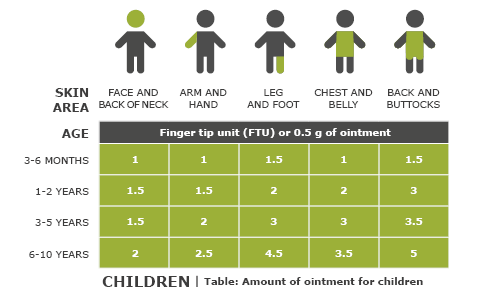Using steroids correctly and avoiding side effects
The term "steroids" is often used to describe medications belonging to a group of drugs known as glucocorticoids. These include betamethasone, mometasone, and prednisolone. Glucocorticoids are hormones that occur naturally in the body, but they can also be made artificially and then used as medication.
Medications containing steroids (glucocorticoids) have been available for over 50 years. At first, little was known about their side effects and how to use them correctly. So they were often used wrongly in the years after they were developed – either at too high a dose or for too long. As a result, many people had side effects, some of which were severe.
Even today, fear of treatment with steroids is common. But this fear is often based on misconceptions or false information. The risk of side effects is lower than most people think, as long as the drugs are taken at the correct dose and not used for longer than necessary. The risks and side effects also depend on whether the steroids are applied to the skin, inhaled, injected into a joint, or taken orally (by mouth) as a tablet. Especially when taken for long periods of time, tablets have much more severe side effects than creams do, for instance. This is because the steroids go from the stomach into the bloodstream, and then spread throughout the rest of the body.



